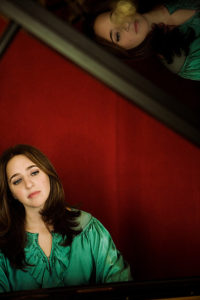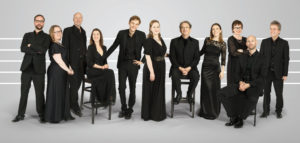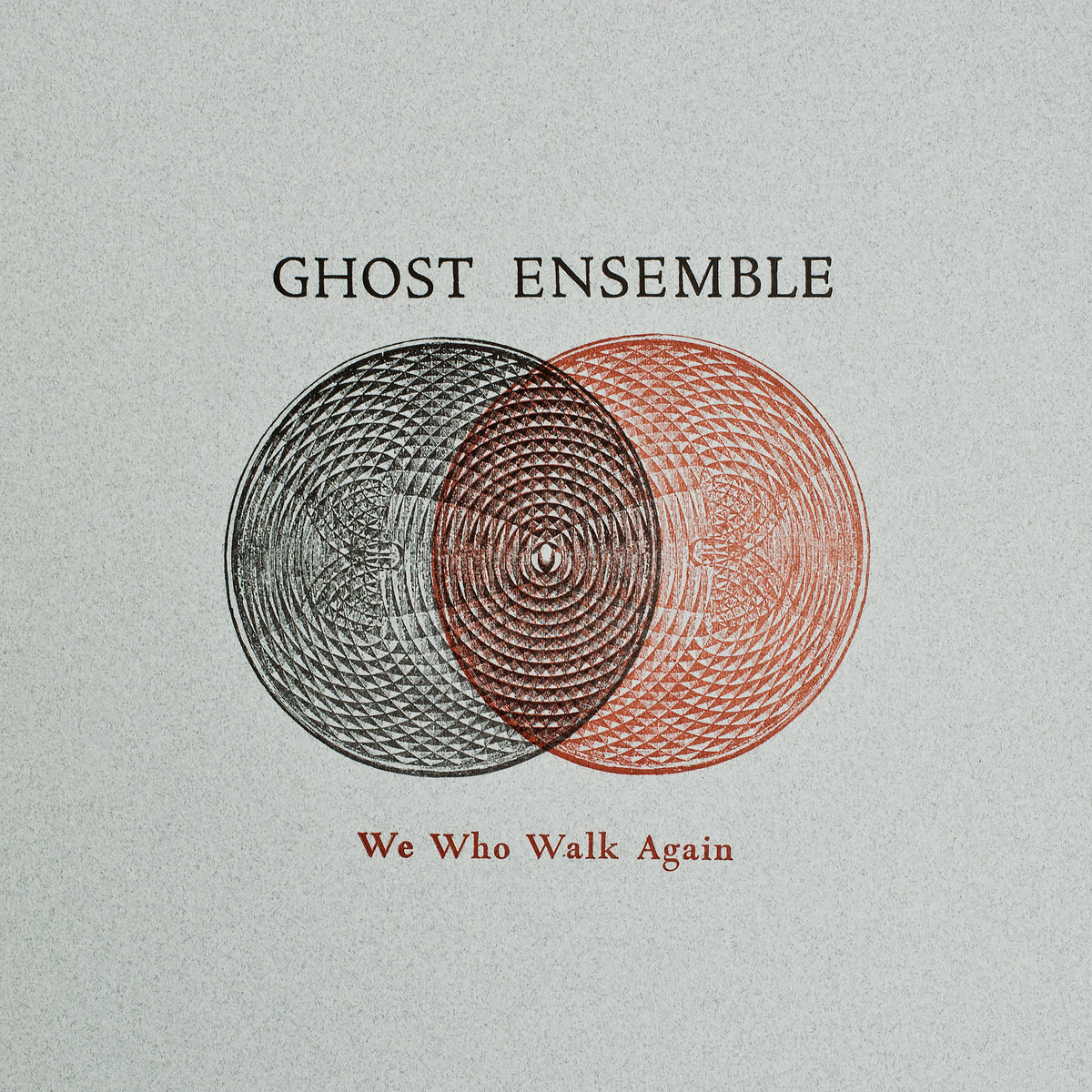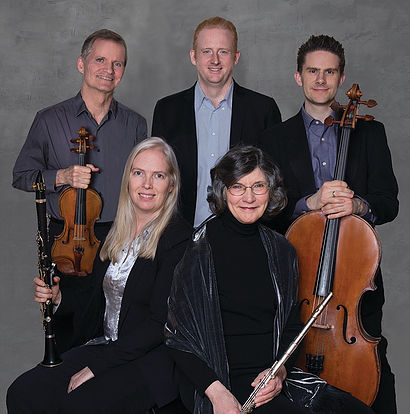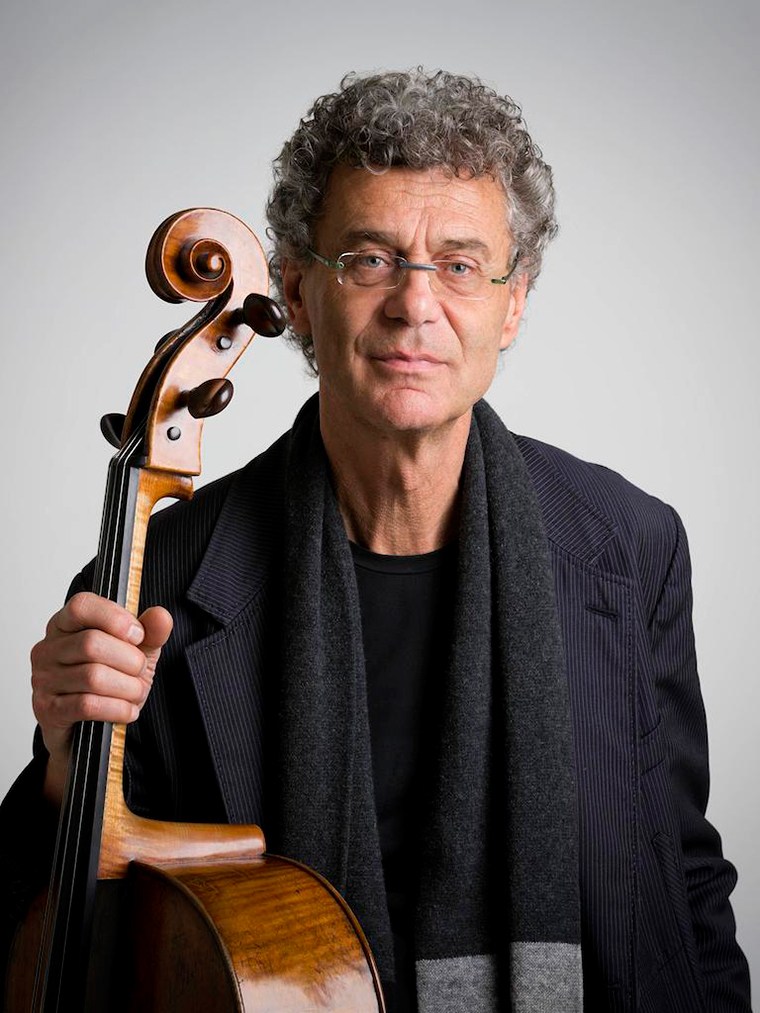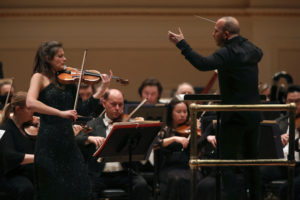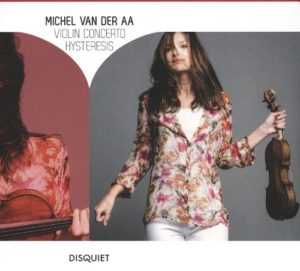
Blue Heron: The Lost Music of Canterbury
Music Before 1800
Corpus Christi Church
February 10, 2019
Sequenza 21
By Christian Carey
NEW YORK – On February 10th, the Boston-based early music ensemble Blue Heron made one of its regular appearances at the Music Before 1800 series at Corpus Christi Church in Morningside Heights. Directed by Scott Metcalfe, an ensemble of a dozen vocalists performed five selections, all votive antiphons, from the Peterhouse Partbooks.
Copied by John Bull during the reign of Henry VIII, the partbooks now reside at Peterhouse College of Cambridge University. The tenor book is missing, as are large sections of the treble book, but musicologist Nick Sandon has spent his career reconstructing pieces from the collection. Apart from a few performances and recordings made by British and Canadian ensembles, Blue Heron have been the principal advocates for this rediscovered cache of polyphonic music written for the Catholic Church. Bull compiled the music just a few years prior to the establishment of the Church of England, which brought with it entirely different liturgical practices that rendered the music obsolete. Many partbooks were destroyed during the ascendency, successively, of Anglicanism and Puritanism. This makes Sandon’s contribution all the more noteworthy, in that it restores enough music to significantly add to the choral repertoire available from the pre-Reformation period.
Blue Heron recently released The Lost Music of Canterbury,a five-CD boxed set of music from the Peterhouse Partbooks with selections by a range of composers, from the well-known Nicholas Ludford to the entirely obscure Hugh Sturmy. The quality of both the music and recorded performances is extraordinarily high. Blue Heron have a beautiful sound custom crafted for this repertoire and display impeccable musicianship. Sadly, none of the antiphons presented on the Corpus Christi concert have yet been recorded by Blue Heron. Indeed, there is a massive amount of music left in the Peterhouse collection yet to be documented. While the group has moved on to other projects – they are currently at work on recordings of the complete songs of Ockeghem and works by Cipriano de Rore – one hopes that at some point funding might allow them to commit the votive antiphons from the Peterhouse repertoire to disc. They proved most compelling in a live setting.
Votive antiphons were extra-liturgical and traditionally performed in the evening, after Vespers and Compline, by a group of singers gathered around an altar or icon. Marian antiphons were most common and were represented on the concert by two pieces, Arthur Chamberlayne’s Ave Gratia plena Maria and Ludford’s Salve Regina. The former is a vibrant piece articulating a thoughtfully expanded trope of the “Hail Mary” text. Described by Metcalfe as “a word salad,” it does indeed contain a great number of independent lines in overlapping declamation. The sole piece attributed to its author, it provided a tantalizing glimpse of the idiosyncrasies permitted during this time of musical innovation and diversity. Ludford’s uses a more traditional text and is gentler in demeanor; as Metcalfe suggested, a valediction wishing those gathered to hear the antiphon a peaceful evening.
The other three antiphons invoked various saints. O Willhelme, pastor bone, by John Taverner, was the lone short work here, clocking in at around three minutes; the rest were each about a quarter of an hour in duration. The piece has a fascinating backstory for those who study the history of the Tudors. It was written for Cardinal College, Oxford, where Taverner was instructor of the choirboys, to its patron Saint William, Archbishop of York. It also includes a verse uplifting Cardinal Thomas Wolsey, who founded Cardinal College. Yes, that Cardinal Wolsey, the one who ran afoul of Henry VIII because of his thwarted attempts to obtain a divorce for the monarch. The piece itself is full of Taverner’s characteristic sustained high lines and contains some lovely harmonies.

One of the composers that Sandon has helped to reinvigorate with his scholarly writings, as well as score restorations, is Hugh Aston. Blue Heron have been champions of Aston since 1999, their founding year. The composer is well-represented on the Lost Music of Canterbury, which, among several pieces, includes his own Marian motet, Ave Maria dive matris Anne, a work of eloquence and fervent yearning: one of the highlights of the CD set. The concert program featured Aston’s O baptista vates Christi, a supplication to Saint John the Baptist. One can see why Blue Heron would like to sing O Baptista: the text asks for protection for the choir, and what choir doesn’t sometimes need protecting? Of course, no such safeguards were necessary at Corpus Christi Church: Music Before 1800 attracts a friendly audience for the group.
While the aforementioned antiphons impressed, the most remarkable composition on the program was the first one the group performed, O Albane deo grate by Robert Fayrfax. This piece features prominently in Fayrfax’s output. He also fashioned a setting of it dedicated to Mary, O Maria deo grata, with the same music but different words, and used its material as the basis for his parody mass Missa Albanus. The words here commemorate Saint Alban, traditionally considered the first British Christian martyr. Metcalfe usually allows the music to speak for itself, limiting himself to brief introductory remarks. However, before beginning the performance of O Albane, he gave a short demonstration of just a few of the myriad musical treatments by Fayrfax of the plainchant on which it is based. This proved most illuminating, as one could look forward to hearing the hymn fragment interwoven into the counterpoint at key places in the work. Equally enlightening was Metcalfe’s post-concert talkback, in which he fielded questions on a variety of topics, from Reformation worship practices to score restoration to sixteenth century tuning in England. I look forward to hearing Blue Heron again very soon. On March 9th,I will be making a pilgrimage to Cambridge, Massachusetts, to hear them sing Ockeghem’s Missa Prolationum. Look for coverage here on the site.
(For more about the Lost Music of Canterbury 5 CD boxed set, see www.blueheron.org)

